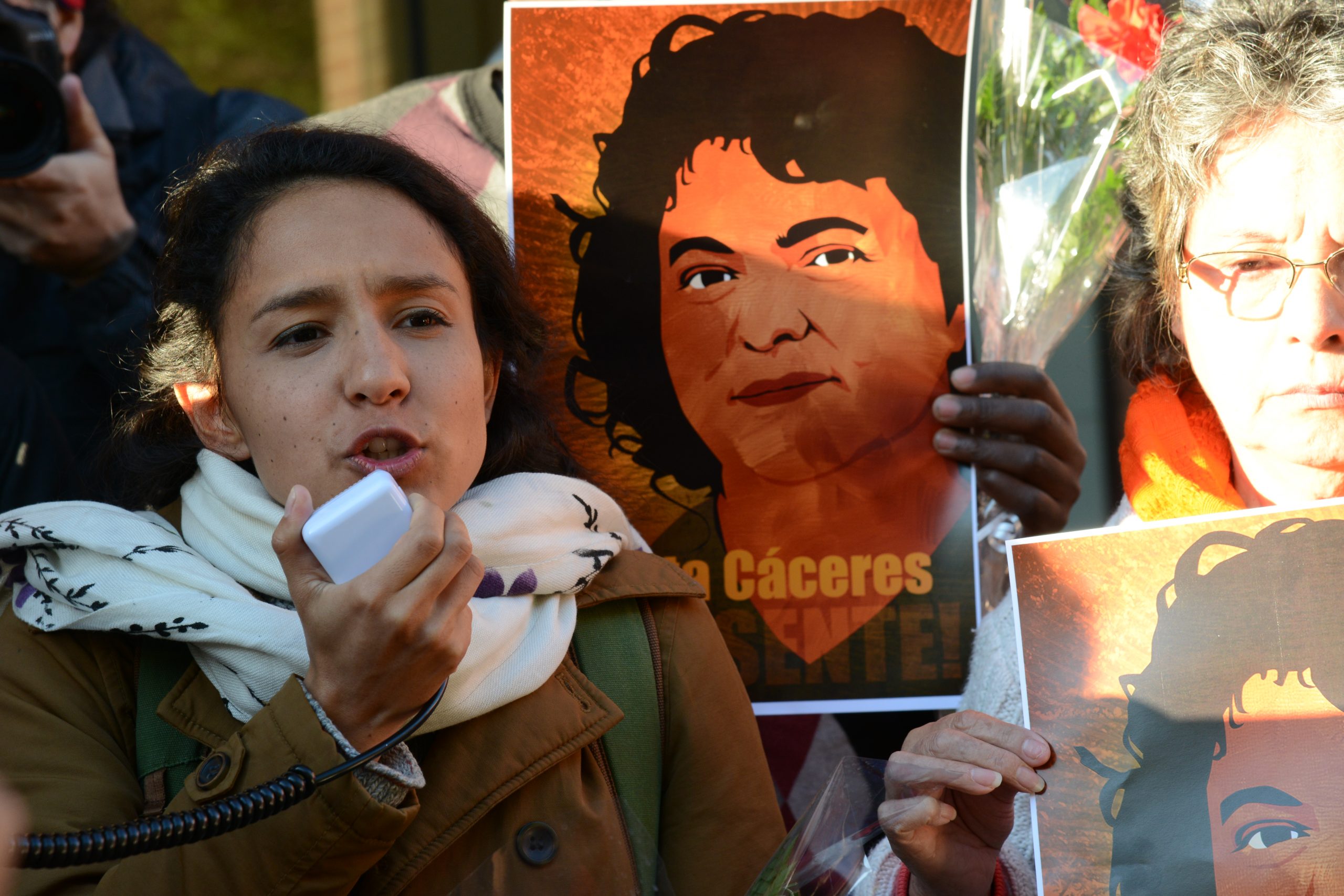Words, Words, Words: Language Pedagogy and Social Justice Virtual Event Coverage
By Staff Writer Carina Goebelbecker
How can words, language, grammar, and narrative be used in the fight for social justice? The Columbia University Society of Fellows and Heyman Center for the Humanities’ Language Pedagogy and Social Justice virtual event on May 11th explored the previous question. The roundtable discussion highlighted perspectives from language educators, featuring: moderator David Borgonjon (Public Humanities Fellow and PhD Candidate in EALAC, Columbia University) Maya Krinsky (Associate Director of Multilingual Education, Rhode Island School of Design), João Nemi Neto (Senior Lecturer in LAIC, Columbia University), Karim ElHaies (Worker-Owner, Algarabía Language Co-op), Aldo Ulisses Reséndiz Ramírez (Worker-Owner, Algarabía Language Co-op), and Pamela Rose (Mandarin Educator).
Each panel member reflected on their own teaching practice and how language pedagogy can be taught with a focus on social justice. Social justice themes and conversations are typically labeled as “advanced” in the language classroom. However, these topics are present within each unit of study, and denying this fact can perpetuate harm and...

